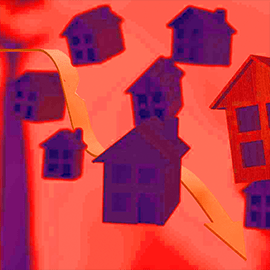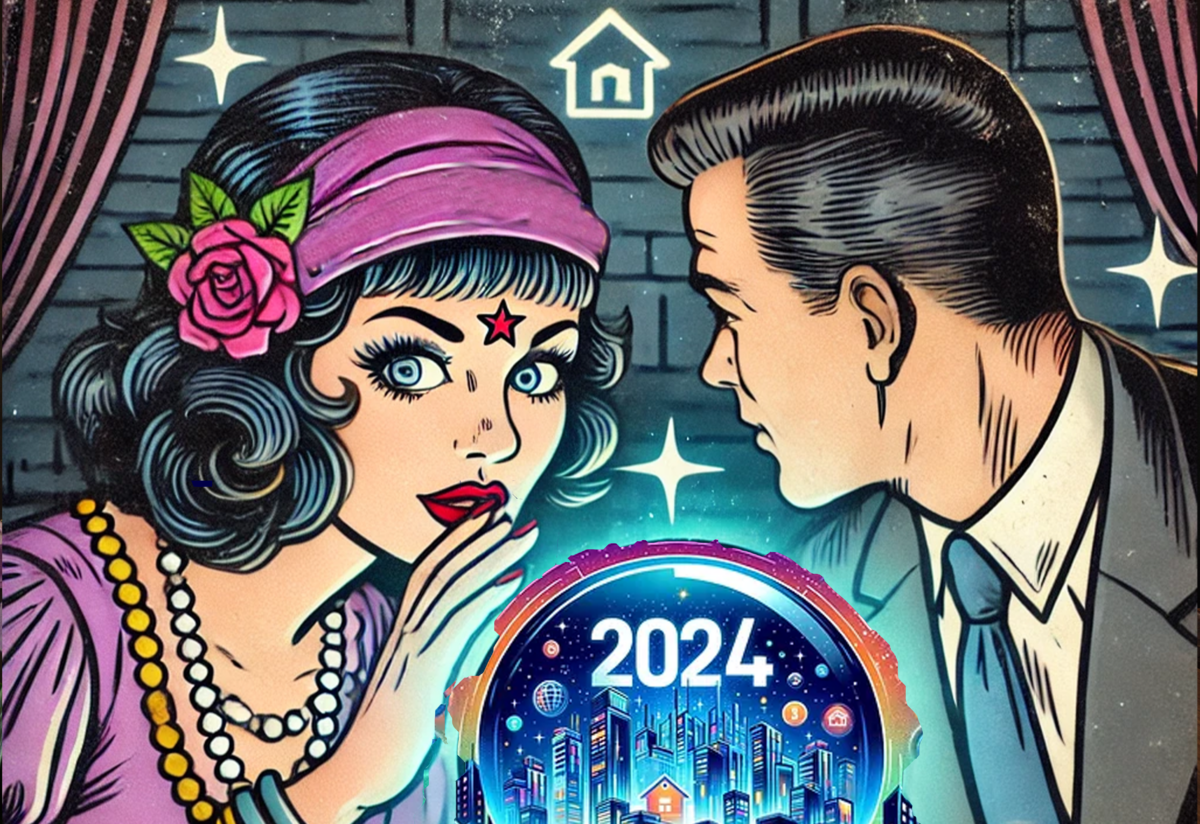The Difference Between Hollywood and West Hollywood

As a long-time Los Angeles resident and explorer, I’ve witnessed firsthand the fascinating difference between Hollywood and West Hollywood. These two iconic areas, often confused by tourists, offer vastly different experiences that reflect the diverse tapestry of Los Angeles culture. Let me take you on a journey through these vibrant neighborhoods, sharing insights gained from years of personal exploration and interaction with locals.
Geographical and Governance Distinctions
Hollywood: The Heart of Tinseltown
Hollywood, a neighborhood within Los Angeles, is the epicenter of the global entertainment industry. Walking down Hollywood Boulevard, I’m always struck by the palpable sense of history. The Hollywood Walk of Fame, stretching for 15 blocks along Hollywood Boulevard and Vine Street, is a testament to the area’s enduring legacy in show business.
Hollywood is governed as part of the City of Los Angeles, which influences its development and public services. This integration with the larger city contributes to Hollywood’s diverse urban landscape, mixing glamour with grit in a way that’s uniquely captivating. One of the most iconic symbols of this area is the Hollywood Hills sign, which has become synonymous with the dreams and aspirations of countless individuals who come to this city seeking fame and fortune.
West Hollywood: The Independent Enclave
In contrast, West Hollywood, or WeHo as locals affectionately call it, is an independent city with its own distinct character. Incorporated in 1984, West Hollywood covers just 1.9 square miles but packs a punch in terms of cultural significance and urban planning.
West Hollywood’s independence allows for more focused governance. The city is known for its progressive policies, particularly in areas of social justice and LGBTQ+ rights. This autonomy has shaped West Hollywood into a bastion of inclusivity and innovation.
Cultural and Lifestyle Difference Between Hollywood and West Hollywood
Hollywood: Where Dreams and Reality Collide
Hollywood’s culture is inextricably linked to the entertainment industry. On any given day, you might stumble upon a film premiere at the iconic TCL Chinese Theatre or spot a celebrity ducking into a chic café. The area attracts dreamers from all over the world, creating a unique melting pot of ambition and creativity.
However, this allure comes with a dose of reality. Behind the glitz, Hollywood grapples with urban challenges. I’ve observed the stark contrast between the tourist-heavy areas and the more residential parts, where local communities strive to maintain their identity amidst the constant flux of visitors and industry activity.
West Hollywood: A Progressive Haven
West Hollywood’s culture is defined by its commitment to diversity and social progress. The city is renowned for its vibrant LGBTQ+ community, which has shaped its identity since before incorporation. The annual LA Pride Parade and Festival, held in West Hollywood, is a testament to this heritage.
The city’s progressive stance extends beyond LGBTQ+ rights. West Hollywood has been at the forefront of environmental initiatives, housing rights, and public health measures. For instance, it was one of the first cities in the country to ban the sale of fur products, reflecting its commitment to animal welfare.
Architectural and Urban Layout
Hollywood: A Tapestry of Old and New
Hollywood’s architecture is a fascinating mix of historical landmarks and modern developments. The Hollywood Roosevelt Hotel, built in 1927, stands as a beautiful example of Spanish Colonial Revival style, while the nearby Hollywood & Highland complex represents contemporary commercial architecture.
Walking through Hollywood, I’m always struck by this juxtaposition. Historic theaters like the El Capitan sit alongside sleek new developments, creating a unique urban landscape that tells the story of Hollywood’s evolution. For those interested in experiencing the area’s natural beauty, a Hollywood Hills hike offers breathtaking views of the city and a chance to explore the rugged terrain that surrounds this iconic neighborhood.
West Hollywood: Planned Perfection
West Hollywood’s urban layout reflects its more recent incorporation and focused planning. The city is known for its well-maintained streets, public spaces, and a mix of architectural styles that blend seamlessly.
The Sunset Strip, running through West Hollywood, is an architectural showcase in itself. From the iconic Chateau Marmont to the modern billboards that light up the night, the Strip embodies the city’s blend of history and modernity.
Entertainment and Nightlife
Hollywood: Tourist Attractions and Industry Hangouts
Hollywood’s entertainment scene caters largely to tourists and industry insiders. The Hollywood Bowl, an outdoor amphitheater nestled in the Hollywood Hills, hosts world-class concerts under the stars. I’ve spent many magical evenings here, picnicking with friends while enjoying performances ranging from classical orchestras to contemporary pop stars.
For a taste of Hollywood nightlife, Musso & Frank Grill on Hollywood Boulevard is a must-visit. Opened in 1919, it’s the oldest restaurant in Hollywood and has been a favorite haunt of celebrities for decades. Sitting at the bar, you can almost feel the presence of Hollywood legends who’ve occupied the same seats. For those looking to explore the culinary scene further, there are numerous Hollywood Hills restaurants that offer not only exquisite cuisine but also stunning views of the city below.
West Hollywood: The Epicenter of LA Nightlife
West Hollywood’s nightlife is legendary, catering to a diverse crowd with an emphasis on LGBTQ+-friendly venues. The Abbey, located on Robertson Boulevard, is perhaps the most famous gay bar in Los Angeles. It’s more than just a bar; it’s a cultural institution that embodies WeHo’s inclusive spirit.
For music lovers, the Sunset Strip in West Hollywood is unparalleled. Venues like the Whisky a Go Go and The Viper Room have played host to some of the biggest names in rock history. Even today, these clubs continue to showcase up-and-coming talent, maintaining West Hollywood’s reputation as a music mecca.
Economic and Residential Aspects
Hollywood: A Mixed Economic Landscape
Hollywood’s economy is primarily driven by the entertainment industry and tourism. However, this creates a complex economic landscape. While some areas boast luxury apartments and high-end shops, others struggle with issues of affordability and gentrification.
The median home value in Hollywood is around $850,000, according to recent data from Zillow. However, this figure masks significant variations within the neighborhood. Some areas, particularly those closer to the Hollywood Hills, command much higher prices. For those interested in experiencing the lifestyle without the long-term commitment, there are numerous options for Hollywood Hills for rent, offering a taste of luxury living in this iconic location.
West Hollywood: Upscale Living and Strong Community Focus
West Hollywood’s economy is more uniformly affluent, with a focus on high-end retail, dining, and hospitality. The city’s commitment to rent control and affordable housing helps maintain some economic diversity, but overall, West Hollywood is known for its upscale character.
The median home value in West Hollywood is significantly higher than Hollywood, at around $1,050,000. This reflects the city’s desirable location, strong community services, and well-maintained urban environment. For those considering a move to the area, exploring the Hollywood Hills real estate market can provide valuable insights into the range of options available in this sought-after neighborhood.
Conclusion: Choosing Between Hollywood and West Hollywood
After years of exploring both areas, I can confidently say that the choice between Hollywood and West Hollywood depends entirely on what you’re seeking.
Choose Hollywood if you’re drawn to the allure of the entertainment industry, want to be surrounded by iconic landmarks, and don’t mind the tourist hustle and bustle. It’s a place where you can feel the pulse of showbiz history with every step.
Opt for West Hollywood if you prefer a more local, upscale experience with a strong sense of community. It’s ideal for those who value progressive policies, a vibrant LGBTQ+ scene, and a more relaxed, yet still exciting, urban environment.
Ultimately, both Hollywood and West Hollywood offer unique slices of Los Angeles life. My advice? Experience both. Spend a day exploring the star-studded sidewalks of Hollywood, then unwind with a night out in WeHo. That way, you’ll truly understand the diverse character of this incredible part of Los Angeles.
For those torn between the allure of Hollywood and the coastal charm of other LA neighborhoods, it’s worth exploring the differences between Malibu vs Hollywood Hills to gain a broader perspective on what each area has to offer.
Frequently Asked Questions
Q. What are the main differences between Hollywood and West Hollywood?
The main differences lie in governance, atmosphere, and demographics. Hollywood is a neighborhood within Los Angeles, known for its tourist attractions and film industry connections. It’s bustling, often crowded, and has a mix of glamour and grit. West Hollywood is an independent city with a more local, upscale feel, known for its LGBTQ+ community, vibrant nightlife, and more residential atmosphere.
Q. Is West Hollywood a part of Los Angeles?
While surrounded by the city of Los Angeles, West Hollywood is an independent city incorporated in 1984. It has its own city government, laws, and services, allowing for unique character and policies that often differ from those of Los Angeles.
Q. What is the Sunset Strip known for?
The Sunset Strip, a 1.5-mile stretch of Sunset Boulevard in West Hollywood, is famous for its vibrant nightlife, music venues, and billboards. Historically a counterculture hub and center of the rock music scene, it’s home to iconic venues like the Whisky a Go Go, The Viper Room, and The Roxy.
Q. How do housing costs compare between Hollywood and West Hollywood?
Housing costs in West Hollywood tend to be higher than in Hollywood. As of 2023, the median home value in Hollywood is around $850,000, while in West Hollywood it’s approximately $1,050,000. However, both areas have a wide range of housing options and prices can vary significantly depending on the specific location.
Q. Which area is better for tourists?
Hollywood is generally more tourist-oriented, with attractions like the Walk of Fame, TCL Chinese Theatre, and Hollywood Sign viewpoints. West Hollywood offers a more local experience with high-end shopping, dining, and nightlife. For a comprehensive LA experience, I recommend exploring both areas.
Q. How do the LGBTQ+ communities differ in Hollywood and West Hollywood?
While both areas are LGBTQ+-friendly, West Hollywood is known as the heart of LGBTQ+ culture in Los Angeles. It hosts major events like LA Pride and has a high concentration of LGBTQ+-owned businesses and residents. Hollywood has LGBTQ+ venues and events, but they’re not as central to its identity as they are in West Hollywood.
Q. What are the notable annual events in each area?
Hollywood hosts events like the Academy Awards and various film festivals. West Hollywood is known for the Halloween Carnaval, LA Pride, and the AIDS Walk Los Angeles. Both areas participate in city-wide events like the Los Angeles Film Festival and LA Pride Month celebrations.
Q. How do the restaurant scenes compare?
Hollywood offers a mix of tourist-oriented restaurants, classic establishments like Musso & Frank Grill, and trendy eateries. West Hollywood is known for its upscale dining scene, with many celebrity chef restaurants and exclusive hotspots, particularly along Santa Monica Boulevard and the Sunset Strip.
Q. Which area has better public transportation?
Both areas are served by LA Metro buses and the Red Line subway. However, West Hollywood tends to have more frequent and reliable bus service due to its smaller size and independent transit planning. Hollywood, being part of LA, is integrated into the larger city’s transit system.
Q. How do the nightlife scenes differ?
Hollywood’s nightlife caters more to tourists and the entertainment industry, with many clubs and bars around Hollywood Boulevard and Cahuenga Boulevard. West Hollywood’s nightlife is more diverse and local-oriented, with a strong LGBTQ+ scene on Santa Monica Boulevard and high-end clubs on the Sunset Strip.

 While Hollywood Hills offers many advantages for celebrity residents, it’s not without its challenges:
While Hollywood Hills offers many advantages for celebrity residents, it’s not without its challenges: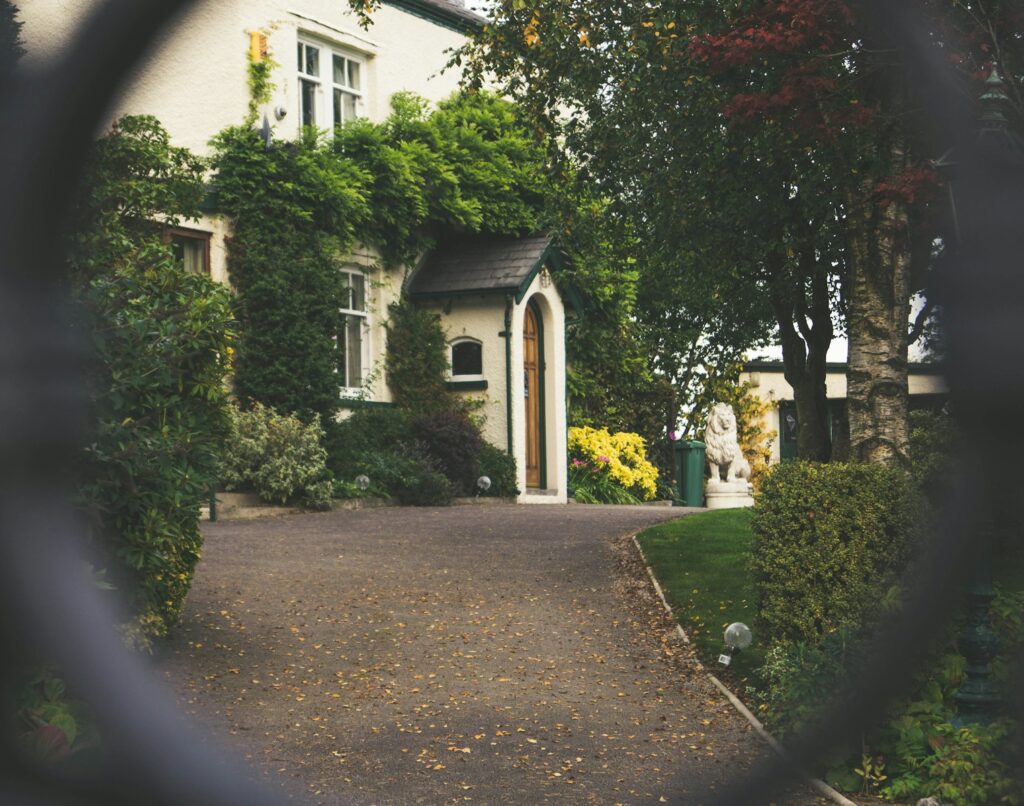
 When it comes to gated communities, the amenities are often what sets them apart. I’ve seen my fair share of luxury facilities, but some of these communities take it to a whole new level. It’s not just about having a pool or a gym anymore – it’s about creating a lifestyle.
When it comes to gated communities, the amenities are often what sets them apart. I’ve seen my fair share of luxury facilities, but some of these communities take it to a whole new level. It’s not just about having a pool or a gym anymore – it’s about creating a lifestyle. As a long-time resident of
As a long-time resident of  What many people don’t realize is that our police force offers a wide range of services beyond traditional law enforcement. They provide free home security assessments, self-defense classes for women, and even a youth mentoring program.
What many people don’t realize is that our police force offers a wide range of services beyond traditional law enforcement. They provide free home security assessments, self-defense classes for women, and even a youth mentoring program.
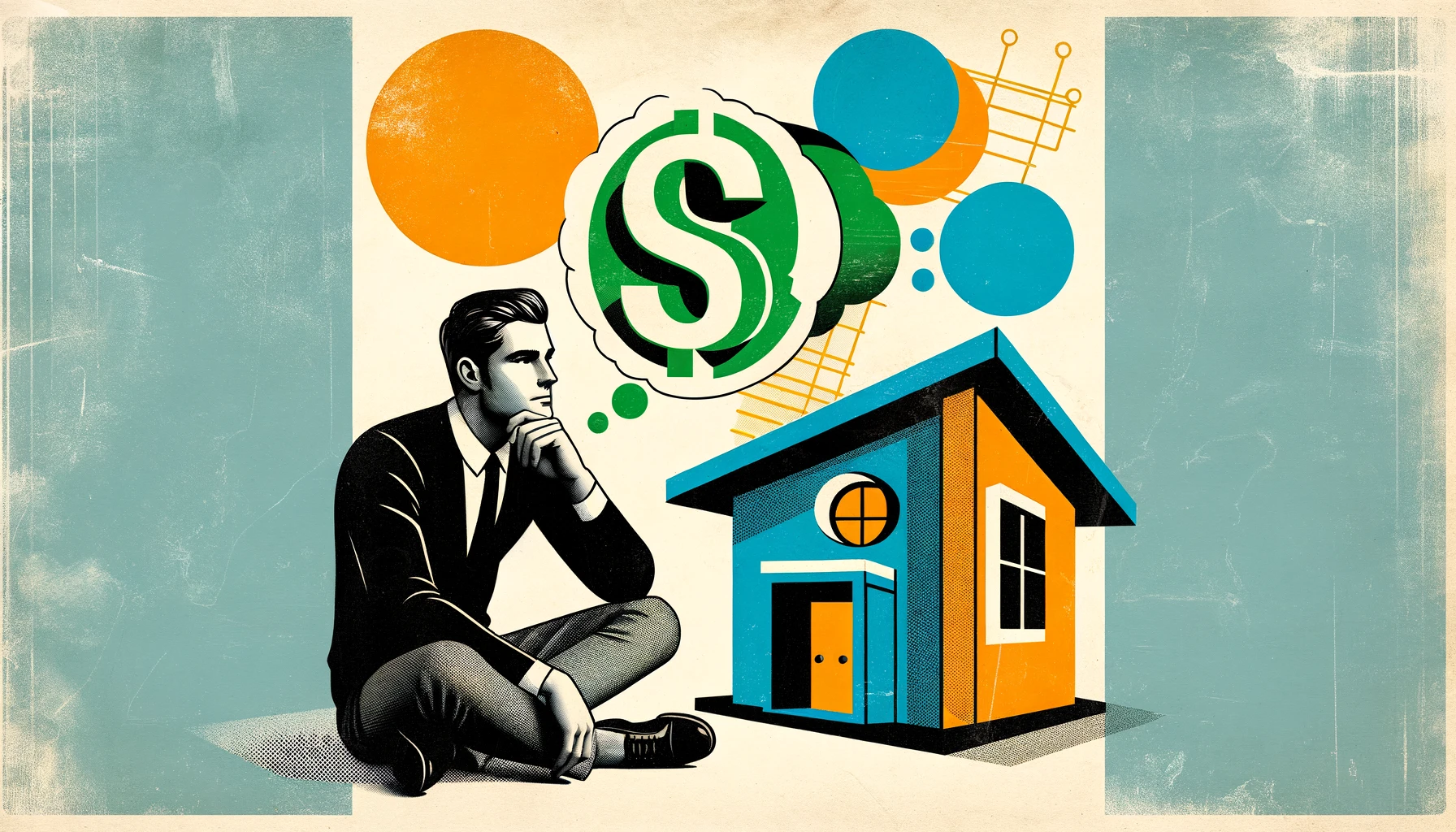




 Armed with a budget and an ally, it’s time to plunge into the thrilling search.
Armed with a budget and an ally, it’s time to plunge into the thrilling search. With the finale looming, it’s time to seize the moment.
With the finale looming, it’s time to seize the moment.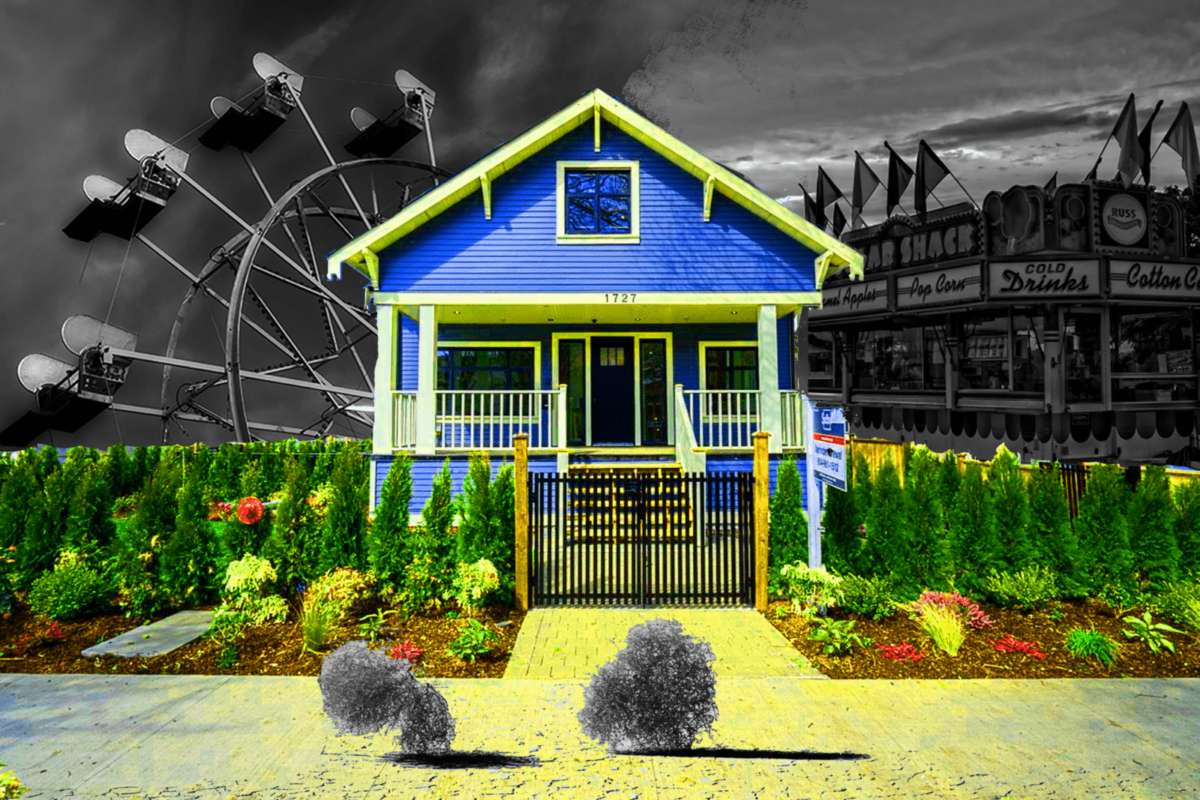
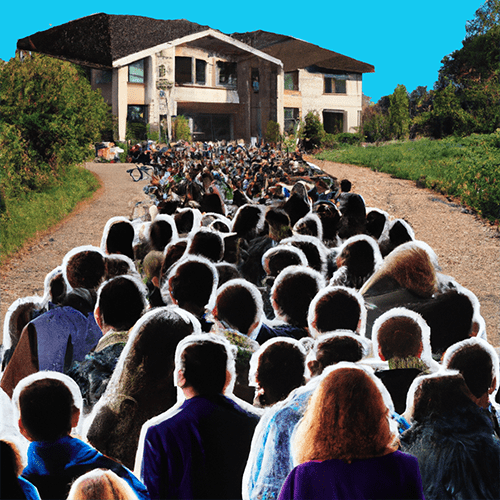
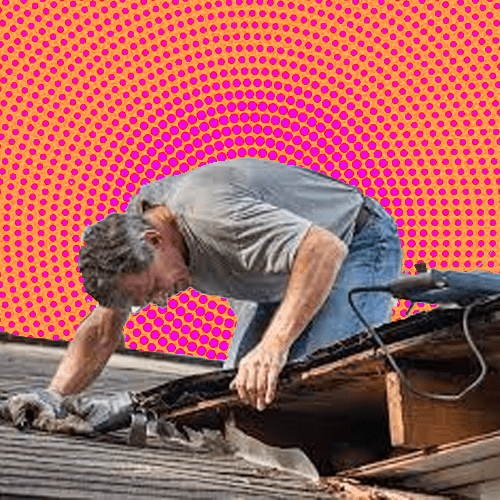 3. Consider Condition
3. Consider Condition



